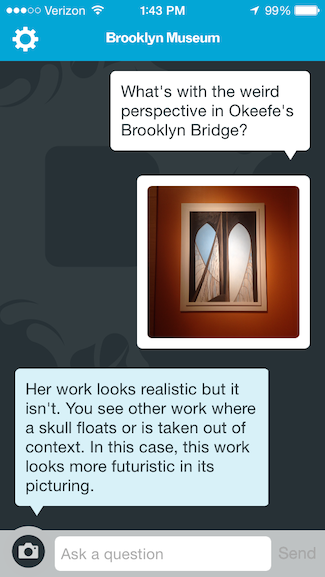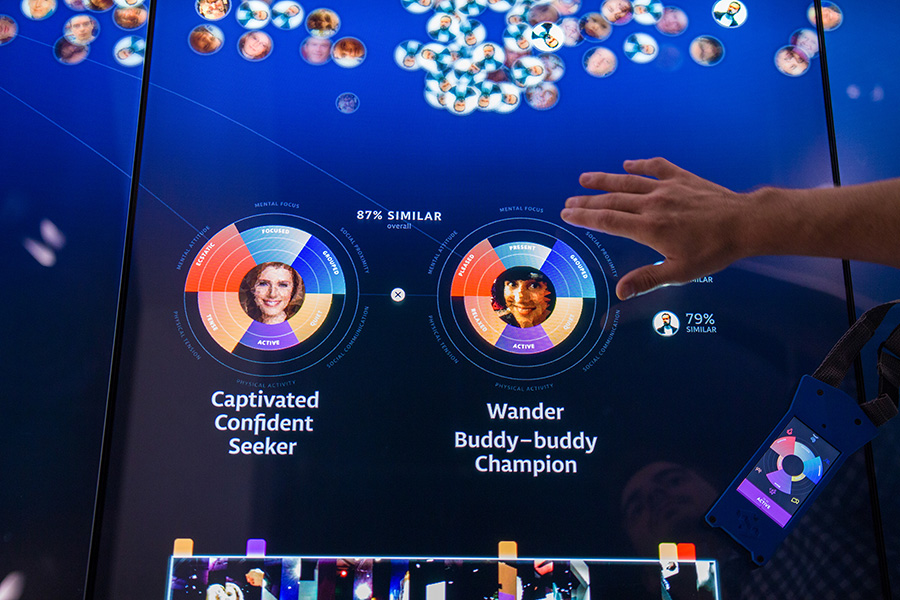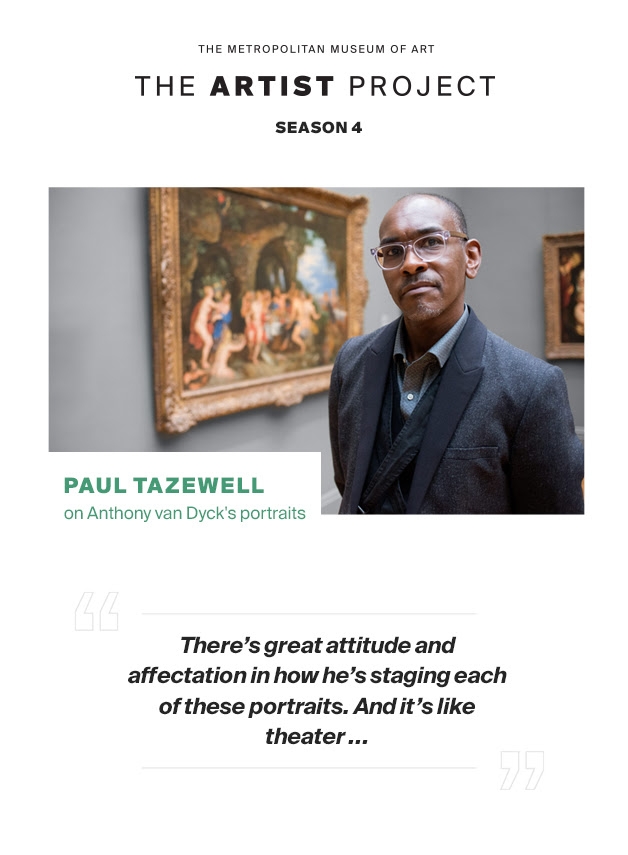
My biggest frustration at the annual meeting is that I can’t be everywhere at once (at least, not until we master cloning). I rely on a host of correspondents to fill me in on the great events I miss. This week Dacia Massengill, Communications Chair, AAM Media & Technology Professional Network and Digital Outreach Coordinator, National Gallery of Art, dishes on what happened at the MUSE awards—perhaps, the closest the museum field comes to our own Oscars—on Thursday evening of the conference.
After receiving nearly 200 applications from around the globe, the Media and Technology (M&T) Professional Network recognized fifty-five outstanding gallery, archive, library, and museum (GLAM) media and technology programs during the 27th annual MUSE Awards last month at AAM’s Annual Meeting in Washington, DC.
Nearly 100 volunteers from around the globe divided into 14 juries, each of which reviewed and scored an award category. Jurors overcome their geographic distribution through use of a centralized MUSE awards data management system, good old fashioned email, and web-based meeting software. An enormous amount of time is dedicated to the careful consideration of MUSE Award-worth candidates. Without them, this program would not be possible.
The juries were looking for entries that demonstrated outstanding achievement in content, design, interface, technical merit, innovation, and audience utility and appeal. And now the big reveal! M&T is excited to announce that The Broad, Brooklyn Museum, El Paso Museum of History, Field Museum of Natural History, The George Washington University Museum and The Textile Museum, J. Paul Getty Trust, The Metropolitan Museum of Art, Philadelphia Museum of Art, Smithsonian Institution Transcription Center, Sydvestjyske Museer, and The Tech Museum of Innovation all took home top honors.
Read what the juries had to say about the Gold MUSE Award winners below and check out the full list of winners here.
Brooklyn Museum for ASK Brooklyn Museum
Jim Blackaby, a board member of the Media and Technology (M&T) Professional Network during its formative period in the 1990s, influenced the museum world with his innovative work in information services and internet strategies during the early years of digital media integration within museums. Conceived in his memory, and introduced in 2004, the Blackaby Award recognizes a project that exemplifies the power of creative imagination in the use of media and technology — a project that has a powerful effect on its audience and stands above the others in inventiveness and impact. It is granted to an organization selected from a pool of nominees put forward by the MUSE Awards juries, and is awarded only if a single program rises to meet the criteria set forth by the award’s intent. The Blackaby was last given in 2012.
This year, Brooklyn Museum was presented this award for their outstanding ASK Brooklyn Museum program, thus becoming the only repeat winner of a Blackaby having captured it in 2008 and 2006 as well.
A visit to any museum is full of discovery and of many visitor questions asked, but often unanswered by media and information resources in an exhibition or permanent collection space. The ASK Brooklyn Museum app allows visitors to pose questions to content experts on duty during public hours. Answers come back in mere minutes providing a near-real-time dialog between staff and the public. Using iBeacon technology, the app only functions when the user’s mobile device is located within the museum. Use of standard iMessage technology allows for fluid, back-and-forth conversation. The program not only fills information gaps for visitors, it also engages museum staff with visitor interests in ways that can influence future public programming.
 ASK Brooklyn Museum also took gold in the category Mobile Applications! As one jury member noted, “The Ask App allows each visitor to have a personalized experience with the museum by pursuing their own interest and curiosity. Eschewing high tech solutions in favor of direct personal connections between users and staff, the app does not compromise the user experience or production value. It exemplifies a creative and novel application with a simple feature set– a laudable achievement in the museum vertical.”
ASK Brooklyn Museum also took gold in the category Mobile Applications! As one jury member noted, “The Ask App allows each visitor to have a personalized experience with the museum by pursuing their own interest and curiosity. Eschewing high tech solutions in favor of direct personal connections between users and staff, the app does not compromise the user experience or production value. It exemplifies a creative and novel application with a simple feature set– a laudable achievement in the museum vertical.”The Broad and Acoustiguide for Artists-on-Artists Audio Tour
“Music is used to set the tone and context for the work in an innovative way drawing the listener in. Having artists reflect on each other’s work is an excellent choice that really pays off. For example, you can listen to Barbara Kruger reflecting on Kara Walker‘s African’t, John Baldessari describing Sherrie Levine‘s Fountain (Buddha), and Sterling Ruby positioning Christopher Wool‘s Untitled, 1990 in historical context, among many others. A truly exemplary production.”
Digital Communities
Smithsonian Institution for Smithsonian Institution Transcription Center
“The Smithsonian Institution Transcription Center is a volunteer-supported transcription website at a large scale. The website is smooth and easy to use, participation is rewarding, and the whole experience reflects well on the Smithsonian brand. The jury especially appreciates the way volunteers are made to feel special.”
“The Smithsonian Institution Transcription Center is a volunteer-supported transcription website at a large scale. The website is smooth and easy to use, participation is rewarding, and the whole experience reflects well on the Smithsonian brand. The jury especially appreciates the way volunteers are made to feel special.”
Education and Outreach
Philadelphia Museum of Art for A Is for Art Museum
“The A is for Art Museum app is a clever, very user-friendly, and fun way to introduce families to the museum and the works featured in the book of the same name. The orientation of the app towards kids, through fun graphics and intuitive design, capitalizes on children’s interest and proficiency with technology and makes the museum come alive.”
Games and Augmented Reality
Sydvestjyske Museer, Aalborg University, and Intertisement ApS for Augmenting the Historic City: Trade and Merchants’ Life in Ribe
“This project offers an excellent example of the use of Artificial Reality (AR) to connect both exterior and interior spaces, integrating the museum’s knowledge about the history of the town and their collections to enliven the physical space. The project offers an adaptive way of providing museum content. The additional layer of doctoral research on the project shed light on the successes achieved thus far, and provided insight into where the project could go in the future.”
Interactive Kiosks
The George Washington University Museum and The Textile Museum and Second Story for Common Threads
“This interactive prompts visitors to consider the meaning they attribute to the clothing they wear. The in-gallery placement, participatory nature, and creative aspects of this interactive made it stand out in the field.”
Interpretive Interactive Installations
 The Tech Museum of Innovation and Local Projects for Body Metrics
The Tech Museum of Innovation and Local Projects for Body Metrics “This exhibit introduces visitors to wearable technologies, both current and new. Experiencing this exhibit with others increases the fun and engagement, allowing visitors to see what data is generated through various activities.”
(For more information about Body Metrics, see this guest post by curator/project director Romie Littrell.)
Multimedia Installations
El Paso Museum of History for DIGIE
“This large interactive outdoor touch screen makes an impact through its sheer size alone, but its sophistication, interactivity, and accessibility are the real heart of the project. By opening itself to input from the community, it meets the museum’s goals of community service and education in a spectacular and engaging fashion.”
Online Presence
The Metropolitan Museum of Art for The Artist Project
 “This site is a lovely combination of experience and storytelling combined with well-crafted technology. The Artist Project wonderfully allows for multiple voices beyond just the museum’s, achieving a simple and compelling synergy between the videos and the site. The Met has raised the bar for what we can do, how we can do it, and for whom we do it.”
“This site is a lovely combination of experience and storytelling combined with well-crafted technology. The Artist Project wonderfully allows for multiple voices beyond just the museum’s, achieving a simple and compelling synergy between the videos and the site. The Met has raised the bar for what we can do, how we can do it, and for whom we do it.”Public Outreach
J. Paul Getty Trust for #GettyInspired
“In #GettyInspired, the Getty has created a space for reciprocal communication and innovative interpretation of user-generated content. The core of the project is not the website but the campaign that seamlessly collects and integrates content through different activities and media.”
Video, Film, and Computer Animation
The Field Museum of Natural History, Spring Shoe Animation & Illustration, and Cleaver Studios for The Switch: A Bill Stanley Story
“A celebration of the work of museum professionals, this film shows how powerful, charismatic voices from inside the museum can be our strongest tools and can continue to inspire for generations to come. Through its charming animation, it both memorializes a beloved colleague and wonderfully conveys the magic of museums.”








